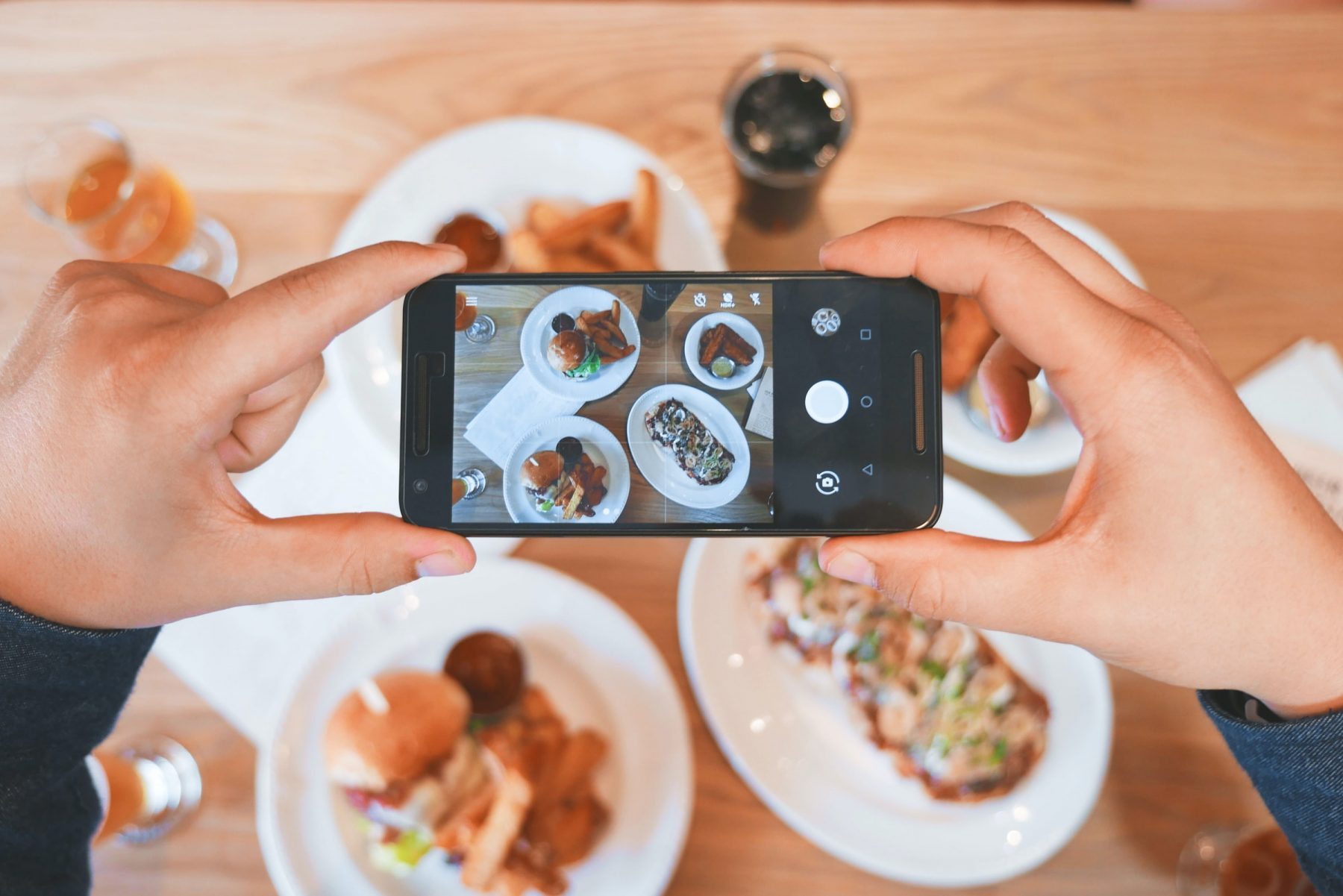Picture this. You’re 18 years old, fresh out of high school, and you’re excited to start your freshman year at your dream college. You’re probably looking forward to making new friends, exploring campus and partying.
Instead, thanks to the COVID-19 pandemic, many first-year college students have found themselves required to quarantine to ensure they don’t test positive for the virus.
Universities in New York, New Jersey and Connecticut in particular are subjected to the states’ travel restrictions, meaning that out-of-state students from certain areas of the U.S. with high rates of COVID-19 transmission are required to quarantine for 14 days after they arrive at school.
For freshmen students living on campus at some universities in the tri-state area, this means spending their first two weeks of college alone, quarantined in their dorm rooms.
New York University is one of the schools requiring students to quarantine once they arrive in the state. For students living in university housing, this means moving into the dorms a few weeks early, staying in their rooms at all times, except for medical needs or testing, and surviving off of the three university-provided meals per day.
Unfortunately for NYU students, the quarantine meals aren’t exactly gourmet. And thanks to TikTok, now everyone knows just how questionable they truly are.
A couple weeks ago, my TikTok For You page was overrun with videos from NYU students showing off their meals and documenting their dorm room quarantine experiences. Apparently, I wasn’t the only TikTok user to experience the phenomenon. Most of the videos I came across had thousands of comments, many from people joking about how they had ended up on “NYU quarantine TikTok.”
On NYU’s website, the university gives specific times for when students should receive their meals, saying breakfast will be delivered “between 8:00 am and 9:30 am and Lunch between 11:00am-12:30pm.” According to the students on TikTok, however, that didn’t always go to plan.
TikTok user xx_anetti posted a video explaining that she was contacted by The New York Times after she went two days without receiving proper meals from NYU. Another user posted a video showing that everyone else on her floor received food while she got nothing.
One TikTok user, filmgrrrl69, posted a few sequential TikToks about her NYU quarantine meals. First, she showed the “vegan” dinner she received at 10 p.m. that included a bag of chips, a granola bar, an orange and a pudding cup that wasn’t actually vegan. Her final TikTok in the saga was posted the next day. In it, she shared that she was finally given her first meal of the day at 8 p.m., consisting only of a piece of bread, some tofu and string cheese — meaning it still wasn’t vegan.
https://www.tiktok.com/@filmgrrrl69/video/6863212465853828358
Other students also received meals that didn’t conform to their dietary restrictions, and some received meals that were completely absurd. Another vegan student received an obviously not-vegan steak and cheese salad for their lunch. One of the more ludicrous examples of “meals” I came across while scrolling through TikTok included a box, labeled as a chicken caesar salad, that contained tortilla chips, an apple and a package of balsamic vinaigrette dressing.
https://www.tiktok.com/@rico_da_fool/video/6863079047249890565
In response to the students’ complaints about meals, NYU released a statement on Aug. 20 saying, “This is a never-before-tried operation for us and our food vendor, Chartwells. … But it is vital to get it right, and we are disappointed in Chartwells’s management of the quarantine meals process.” The university also modified several aspects of their meal delivery process by adding earlier shifts for meal preparation and more staff members to deliver food and respond to complaints. They also switched to only delivering breakfast and lunch while providing students with a $30 Grubhub gift card each day for dinner.
I’m willing to bet that NYU’s quick response to students’ complaints about the quarantine meals is partially due to the attention the issue got on TikTok, which is just another example of how powerful social media can be for creating change. But the fact that the university struggled to implement its quarantine plans in the first place really reveals just how unprepared colleges are to reopen amid the COVID-19 pandemic.
Over the summer, universities across the country have been releasing their reopening plans for the fall semester after the majority of them canceled in-person classes at the end of the last academic year due to the pandemic. According to the Chronicle of Higher Education, 2.3% of universities planned for fully in-person instruction, 19% for primarily in-person, 16% for a hybrid model and 27% for primarily online. Only 6% of universities planned to remain fully online while the remaining 30% either have other plans or haven’t released their decisions yet.
With the U.S. currently averaging around 40,000 new COVID-19 cases per day, it seems ambitious that so many universities would plan to open for in-person instruction at all, especially considering that the numbers of cases were significantly lower when most closed back in March.
Unfortunately, although not surprisingly, it seems that universities are struggling to prevent outbreaks of the virus.
The University of North Carolina at Chapel Hill moved entirely online after over 177 students tested positive for COVID-19 after only a week of classes. The University of Notre Dame decided to go fully online for at least two weeks in an attempt to control outbreaks after at least 147 people tested positive for the virus. In response to outbreaks at other college campuses, Michigan State University preemptively changed their plan from hybrid to completely remote for undergraduate students two weeks before the semester started.
The fact is that it’s really not feasible for universities to welcome students safely back to campus in any capacity. According to a recent study by researchers from Yale, Harvard and Massachusetts General Hospital, college campuses could safely reopen this fall — but only if they screened every single student for the virus every two or three days. For universities with thousands of students, testing that often doesn’t seem possible.
Instead of taking responsibility by acknowledging inadequate testing procedures and flaws in their plans to reopen for in-person instruction, universities prepare to blame students for COVID-19 outbreaks and shame those who don’t strictly adhere to social distancing guidelines.
My university, the University of Michigan, certainly has done that. In an email sent to students a week before the start of classes, university administrators warned us that “what may feel like a brief moment of letting your guard down could end up shutting down our in-person classes” and “the actions of a few quickly changed the picture on campus in a matter of days.”
Of course, individuals’ actions do play a role in preventing the spread of COVID-19. Washing your hands frequently, social distancing, wearing masks when in public and avoiding large gatherings are all important strategies that everyone should be using when doing their part to minimize the spread of the virus.
That being said, larger institutions, like universities, need to recognize their own limitations when it comes to containing outbreaks. The health of professors, other students and non-university community members shouldn’t rest solely on the shoulders of the young people returning to campus. Universities should not be planning to welcome students back to campus when they cannot adequately provide a safe environment for people.
Throughout the COVID-19 pandemic, the U.S. government has failed to take the threat of the virus seriously, and universities across the country are now prepared to fail in the same ways. As of right now, it’s only the beginning of the fall semester. In a somewhat morbid way, I’m sure it’ll be interesting to see how the semester unfolds, especially as a college student myself.

















